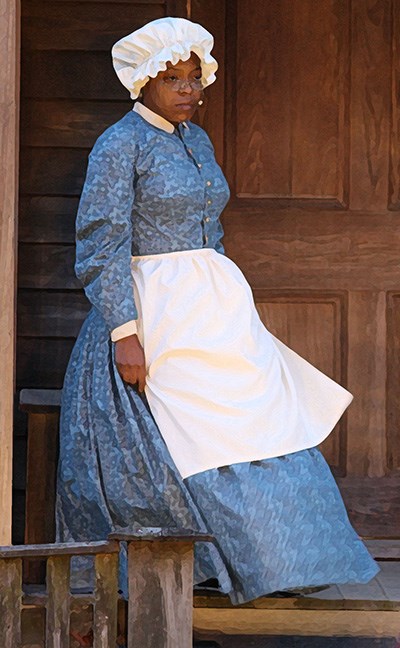Part of a series of articles titled After Appomattox: Artifacts of Slavery and Freedom.
Previous: About Appomattox Court House
Article

Slavery was a primary cause of the Civil War. An enslaved person was legally the property of another person. Enslaved people did not have the same legal rights as free people. For example, they could not travel, vote in elections, own property, marry, visit family on other properties, and many other activities without permission.
General Lee's surrender at Appomattox Court House changed slavery in the United States forever. Some of the untold stories of African Americans who lived there demonstrate the significance of the end of the Civil War.
Hannah Reynolds
Hannah Reynolds' story is typical for Appomattox Court House. Read about Hannah Reynolds, then answer the questions.
Put It Together
Using the information you just read about Hannah Reynolds and the register of death below, imagine the last few days of her life. Draw a picture, write a poem or play, or use your imagination as you wish to tell her story in your own words.

Part of a series of articles titled After Appomattox: Artifacts of Slavery and Freedom.
Previous: About Appomattox Court House
Last updated: March 6, 2023